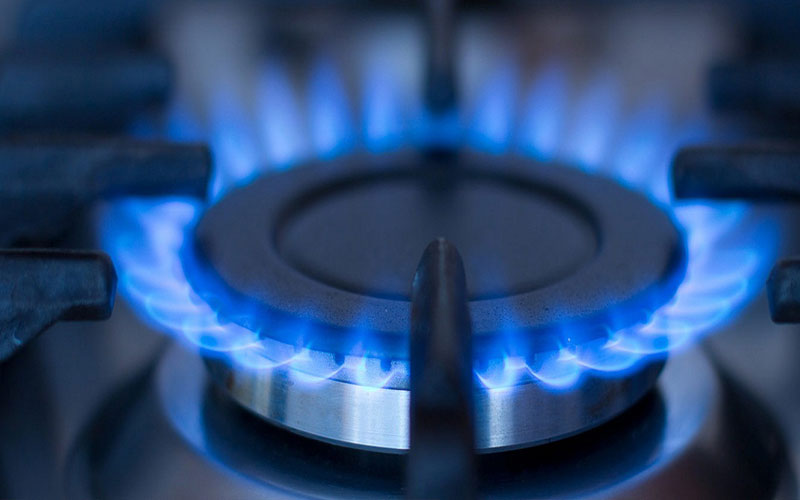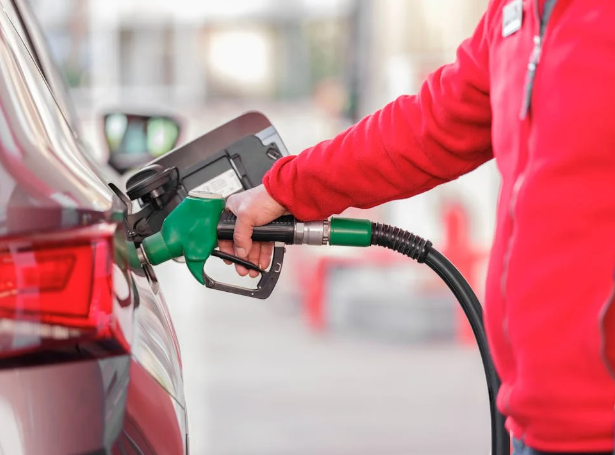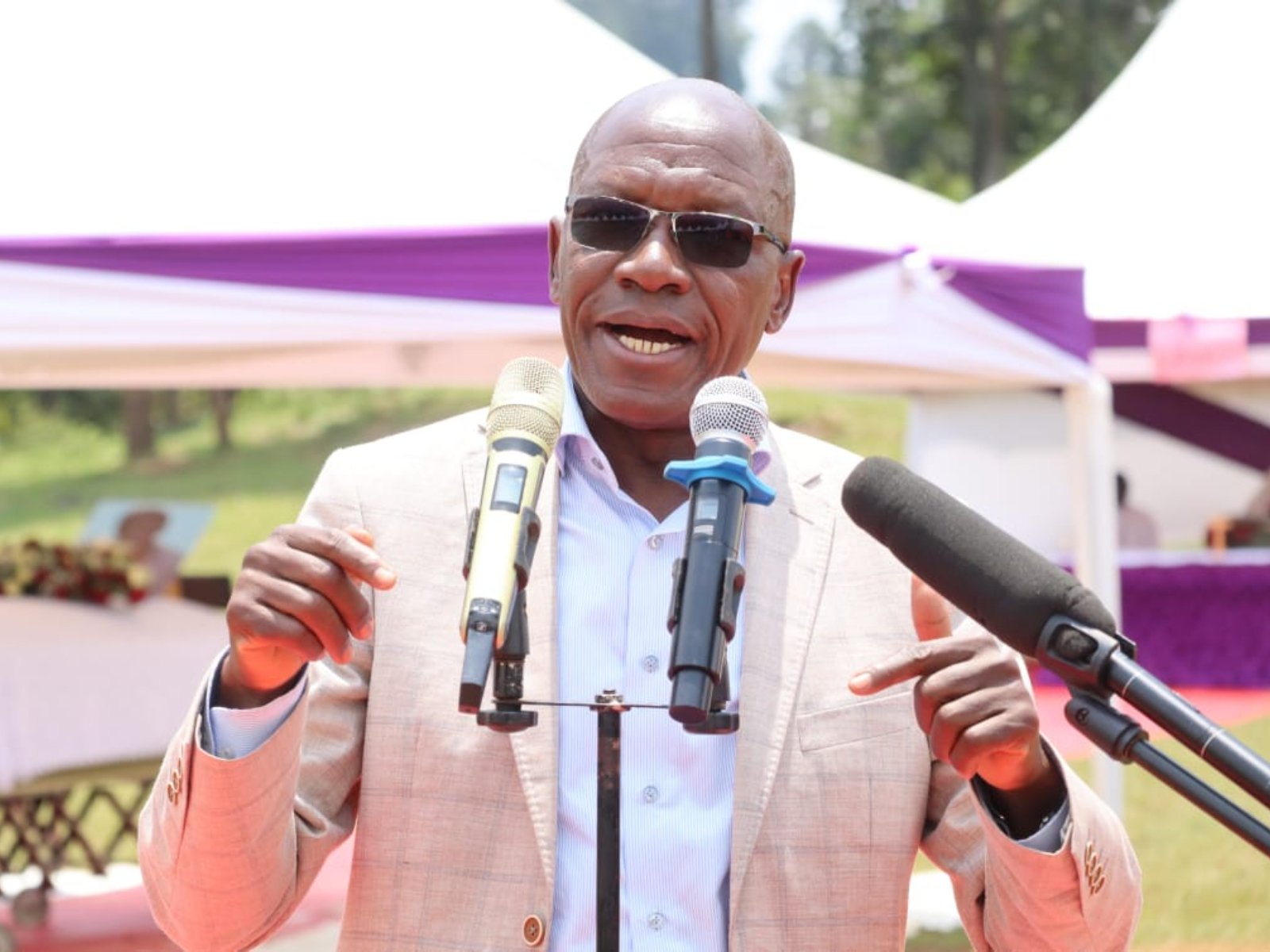How to make clean cooking options accessible to all

David Njugi
The Ministry of Energy aims to deliver modern, clean cooking solutions to all, two years ahead of the 2030 global target.
In order to make this a reality, it will require doing things differently because business-as-usual will not lead to achievement of global and national aspirations.
Firewood, charcoal, kerosene and other harmful cooking options remain in wide use in Kenya.
According to the 2019 Kenya Cooking Sector Study commissioned by Clean Cooking Association of Kenya in collaboration with the Ministry of Energy, two out of three households in the country use wood fuel (including charcoal and firewood); with another 14 per cent using kerosene.
Exposure to smoke, soot, carbon monoxide and other emissions, coupled with poor ventilation in many kitchens, often leads to respiratory health complications.
This has been linked to an estimated 21,560 deaths every year, translating to 57 people daily – more than road accidents fatalities.
Emissions from these fires also pollute the air and degrade the environment, considering the many trees that have to be cut to keep the fires burning in Kenyan kitchens.
Unfortunately, the negative implications have done little to make these fuels less appealing.
Even those who use clean sources such as cooking gas — whose use has spiked six-fold over the last two decades, according to the 2019 Kenya Cooking Sector Study — still turn to charcoal.
Many factors have been cited for this state of affairs, from cultural attachments to the fuels, to obstacles hindering access, physically and economically. This has made the transition from old, inefficient polluting methods slow.
Cost is a huge drawback. There is a tendency by users to compare the cost of investing in technologies without considering the lifecycle cost of using them.
Wood may be initially cheaper to acquire, but it also comes loaded with cost – health and time spent looking for it.
In addition to this, there is need for innovative financing that will make these technologies more available to users.
Options such as pay-as-you-go arrangements can enable individuals to access technologies that they would otherwise have not, if they were required to pay upfront.
It goes beyond making the cleaner technologies cheaper to consumers, investments also have to be made in making the industry more efficient.
For the final products to be more accessible, from a cost perspective, there is need for sustained investment in the industry to minimise costs that get passed to final users.
Many innovations are yet to progress to the market because of limited financing as well as supply chain bottlenecks, particularly last-mile distribution mechanism.
Fortunately, the world is working towards making clean cooking accessible. The World Bank’s Energy Sector Management Assistance Programme has announced that it is establishing a $500-million Clean Cooking Fund to accelerate progress toward universal access to clean cooking by 2030.
A lot more financing is still required — grants, debt, equity — from local and foreign sources.
It is through such disruptive approaches, backed by sustained investment in research that universal access to clean cooking technologies can be achieved.
Besides addressing the cost, there are some behavioural considerations too. Some households are attached to certain fuels that they have used for a long time.
It will take sustained awareness to shift towards safer, healthier and environmentally friendlier alternatives. — The writer is CEO, Clean Cooking Association of Kenya.














